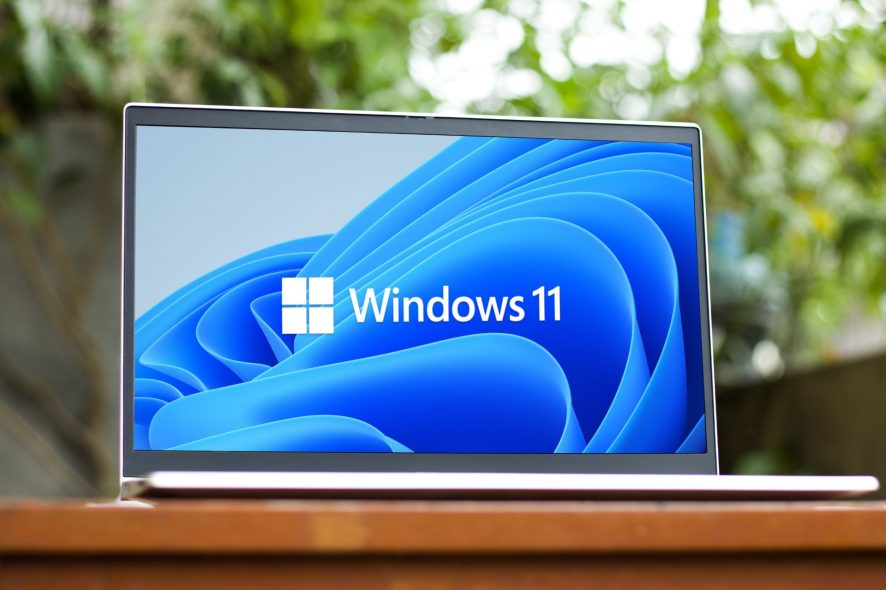Upgrading from Windows 7 to Windows 11 requires a clean install
2 min. read
Updated on
Read our disclosure page to find out how can you help Windows Report sustain the editorial team. Read more
Key notes
- Taking the big leap from Windows 7 to Windows 11 will not quite go as smoothly as you think.
- Upgrading and keeping all your settings may not be possible, which is one of the reasons many users are reluctant to do it.
- Transitioning from Windows 7 to Windows 11 will most likely require a clean install.
- It may make more sense to first upgrade to Windows 11, and only after moving on to Windows 11, in order to keep settings and preferences.

If you or your company are still running Windows 7 on your devices, upgrading to Windows 11 will not quite go as you imagined.
For this big leap, you will most likely need to perform a clean installation, a process that will result in the loss of all your settings and preferences.
You will need to clean install Windows 11
So, if you decided that you want to make the big jump from Windows 7 to Windows 11, it turns out that Microsoft will not make it that easy for you.
It seems that this ordeal will actually involve starting from scratch on your new operating system. Thus, many users are reluctant to perform the upgrade, specifically because of this reason.
For example, in a support document from Lenovo, the tech company confirmed that apps and settings will not be migrated if you install Windows 11 on a Windows 7 PC.
What is the upgrade path from Windows 10 to Windows 11? My company still has some Windows 7 devices. If they meet the hardware floor, can these devices be upgraded directly to Windows 11?
Most devices available for purchase now will be upgradeable to Windows 11. You will have the option to upgrade, clean install, or reimage Windows 10 devices to move to Windows 11. For Windows 7 devices that meet hardware requirements, you will need to clean install or reimage to go directly to Windows 11.
We know that, for some, the preservation of all settings and preferences is essential and the only advice, in this case, would be to make sequential upgrades.
What this means is, there still is a way you can go from the old Windows 7 to Windows 11 and keep all your settings.
So, it would be smarter to first upgrade to Windows 10, and only after doing so, upgrading your device to Windows 11.
If anything will change in the near future, meaning if other ways of making the big jump from Windows 7 to Windows 11 without losing any preferences become possible, we will keep you posted.
What Windows OS will you be upgrading from? Let us know in the comments section below.








User forum
0 messages